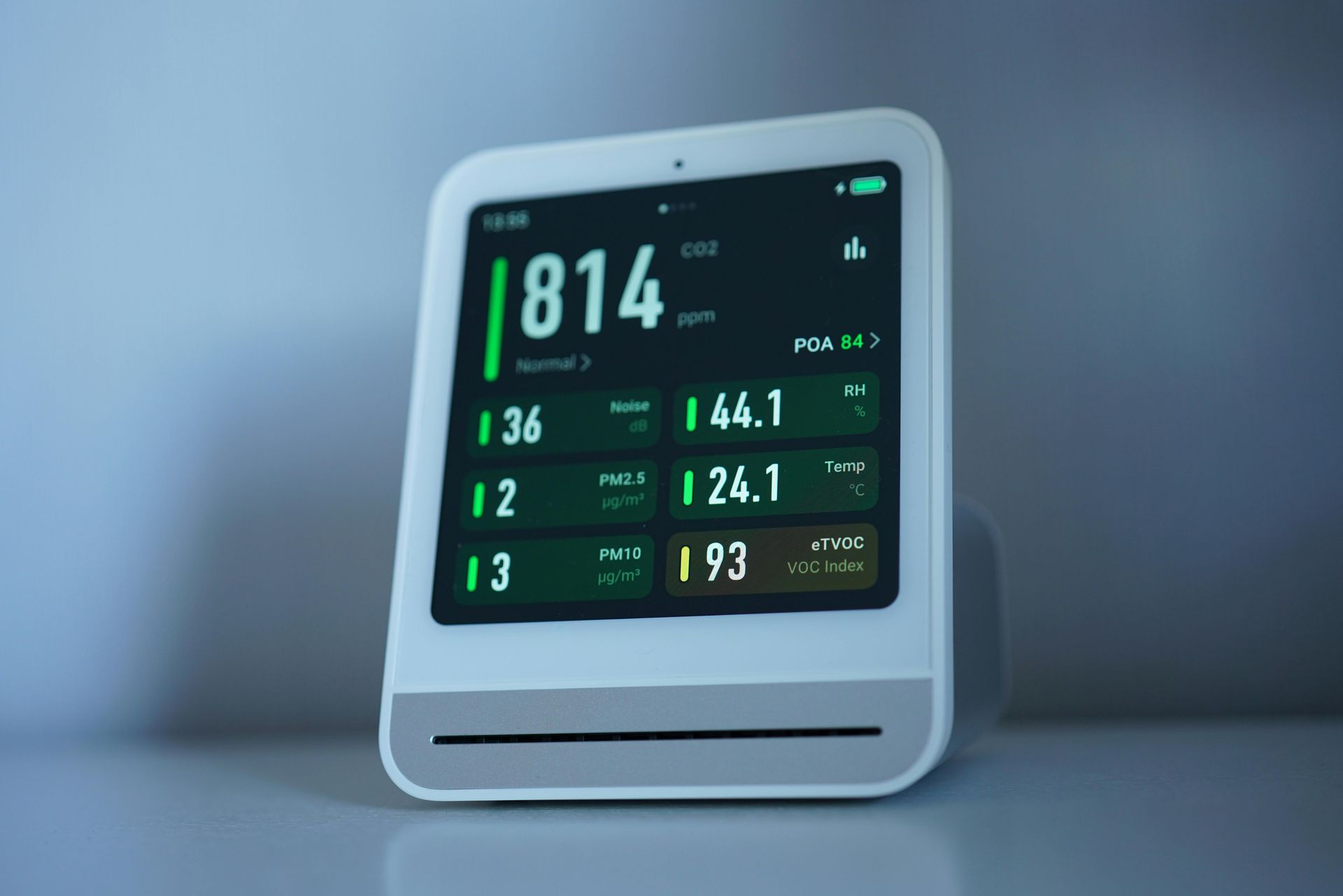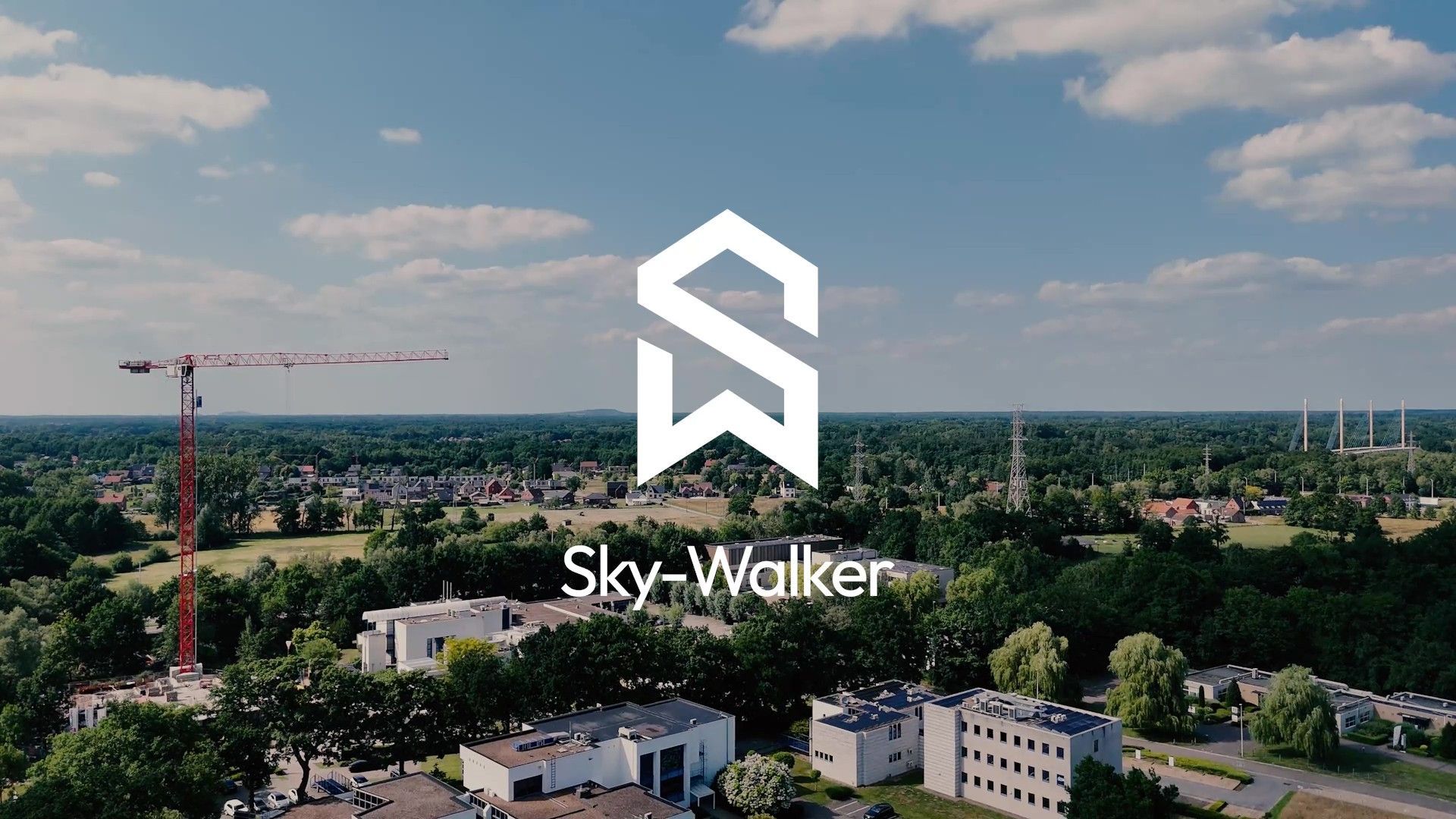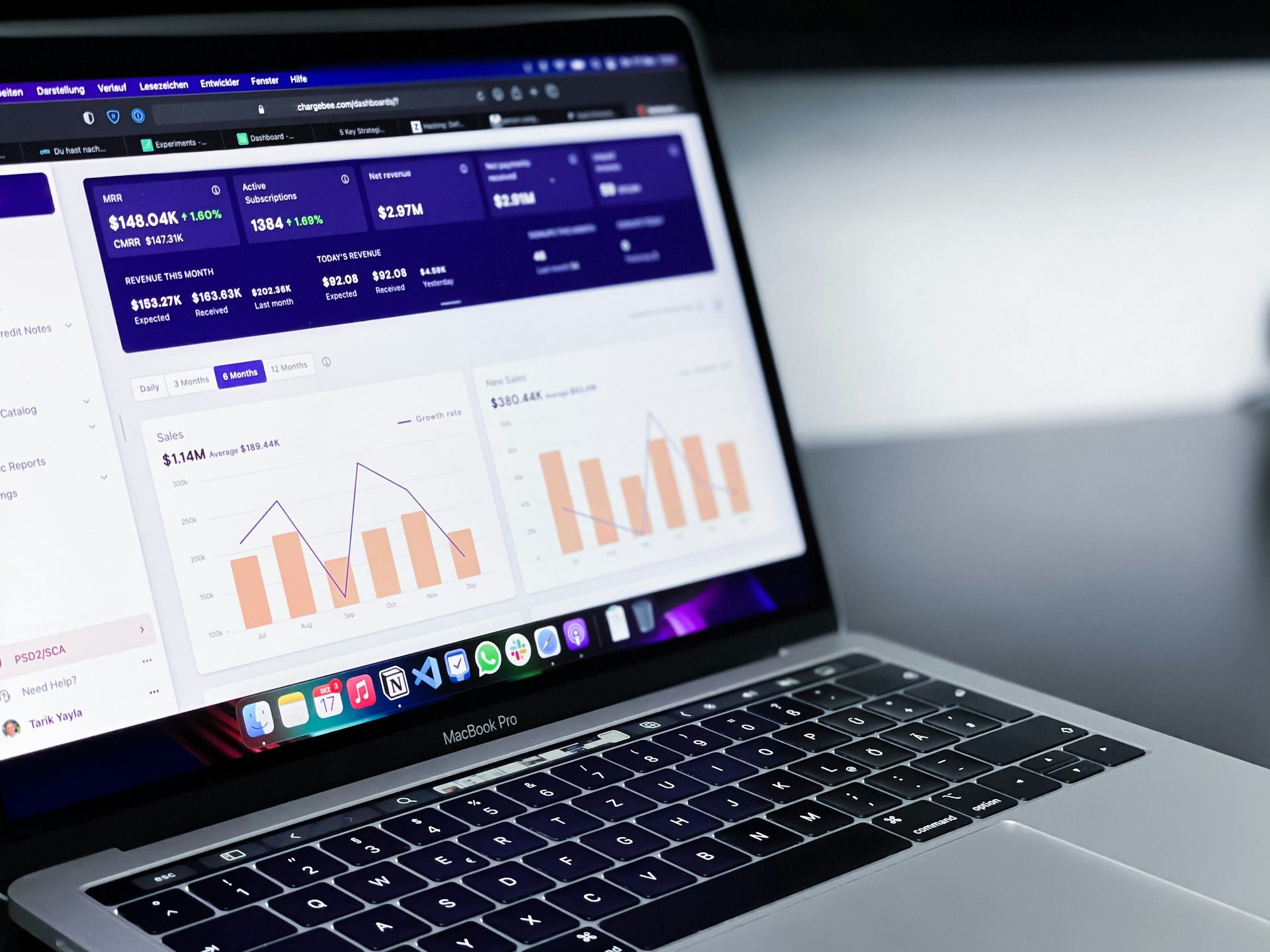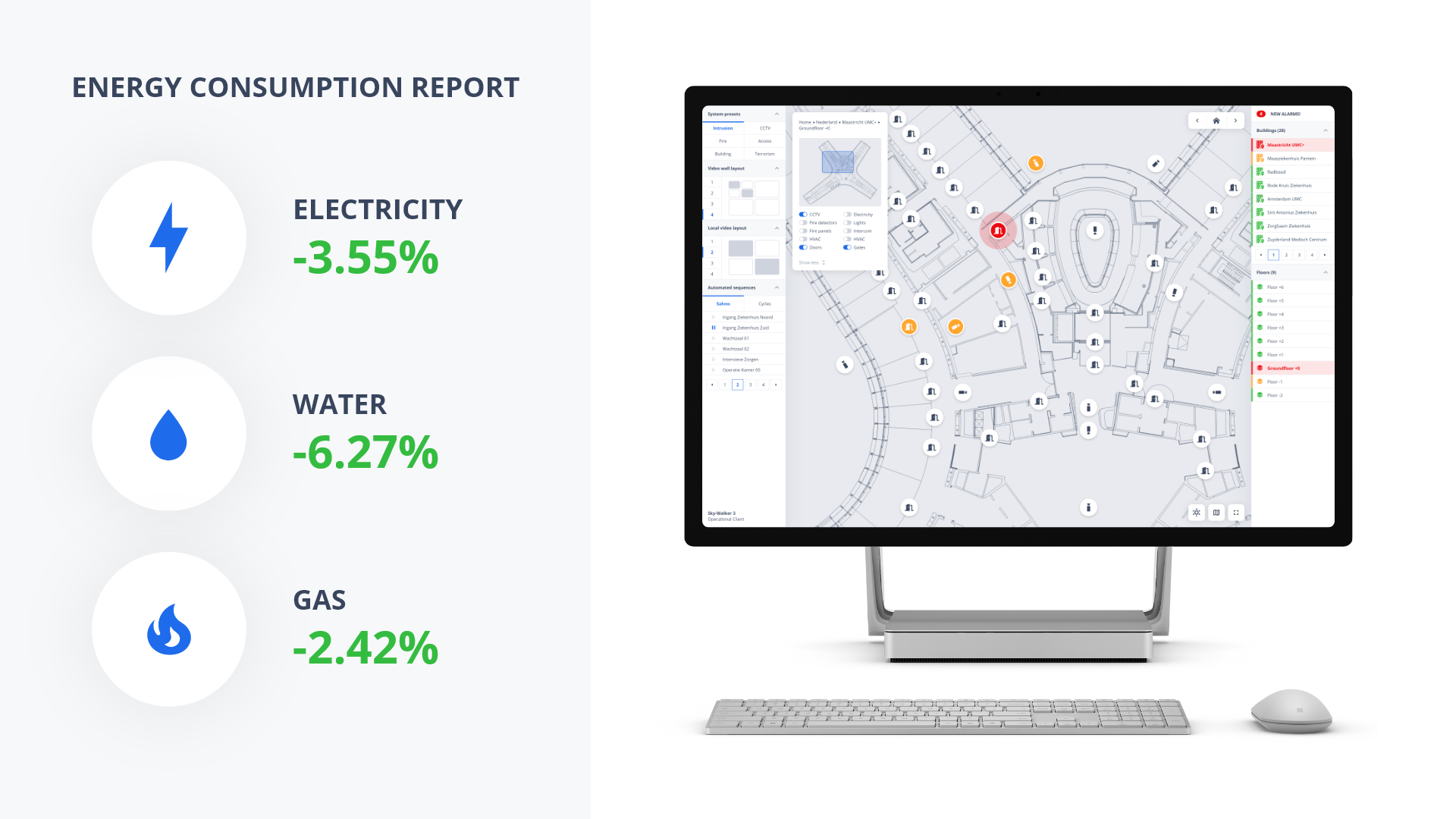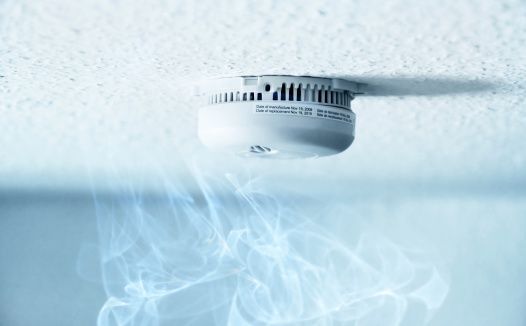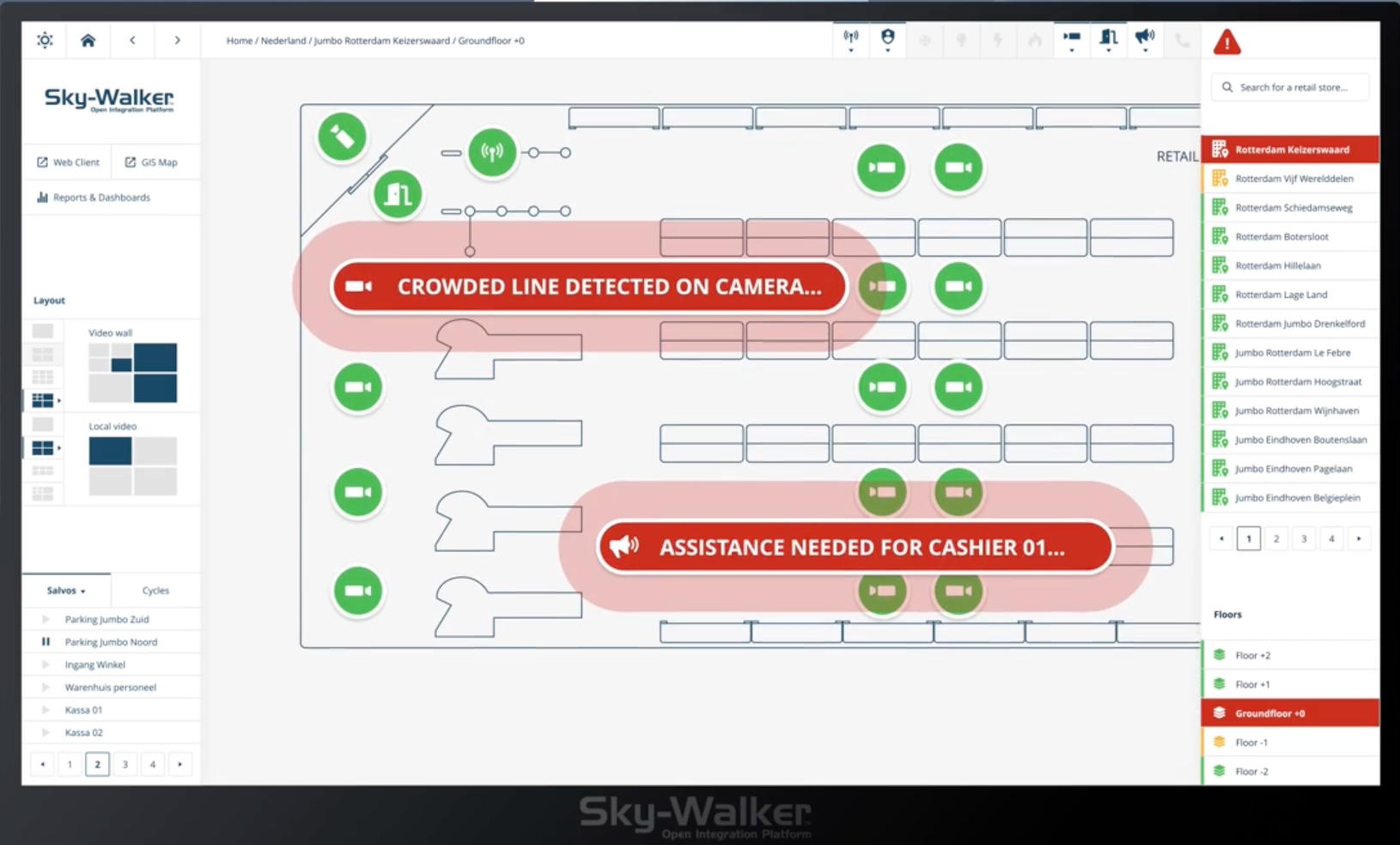5 Security threats for universities in 2025
Introduction
The schoolyear just started, and Universities face a wide range of security threats, both physical and digital. To address these risks, it is crucial to implement strong security practices and have access to reliable information on potential threats. Centralizing security-related data enables universities to manage risks more effectively and make informed decisions to protect students, staff, and campus assets. In this article, we will explore the five most common security threats faced by universities and explain how centralized information can help mitigate them.

1. Unauthorized access to campus buildings
Students and staff should be the only people allowed to enter the campus. A lot of students walk around on campus, not to mention the staff. So, how can schools prevent strangers from entering while still allowing students and staff to move around easily? Badges could be the answer. However, traditional systems can be slow and difficult to manage given the large number of students and employees.
Read more about the possibilities on our blog here: Advanced Access Control Systems With Sky-Walker
2. Theft and vandalism
Being vandalized or robbed is never a good experience. Beyond the financial cost, it shows that your facilities were not secure enough. Using cameras ensures that no movement goes unnoticed, and with Sky-Walker, any unusual activity is automatically highlighted, even if it happens in a building far away or outside the one where the control room is located.
Staying proactive helps avoid future harm, loss, or expenses. By integrating all your security systems into one centralized platform, you gain a complete overview of your entire campus. There is no need for several people monitoring different buildings. With Sky-Walker, all your cameras are connected across the campus, giving your security team a clear and unified view.
Even if your security office is in another building, Sky-Walker highlights the camera feed that requires attention and shows exactly where the issue is happening. This allows for a faster response and helps prevent break-ins.
👉 Learn from real incidents such as the college campus vandalized case and see how centralized monitoring can make a difference.
3. Cybersecurity threats
Students share a significant amount of personal information with their schools and universities. From contact details and academic records to payment information, it is the institution’s responsibility to ensure that all this data is kept safe and protected from unauthorized access.
Many universities now use student ID cards that not only serve as identification but can also be used for payments in cafeterias, libraries, and printing services. This means that sensitive financial and personal data is directly linked to these systems. In addition, students who receive financial aid or scholarships often have their banking or personal details stored on the university’s servers.
All of this makes universities prime targets for data breaches and cyberattacks. Protecting student information requires a combination of secure IT systems, strong access control policies, and continuous monitoring. Ensuring that servers, databases, and connected systems are properly secured is not just a matter of compliance, but also of maintaining trust between the institution and its students.
Ultimately, safeguarding data is just as important as securing physical spaces on campus. Universities must remain vigilant to protect the privacy, security, and well-being of every student they serve.
4. Emergency situations and natural hazards
Managing safety on a large campus with thousands of students requires a clear and comprehensive overview of all activities and facilities. Universities must be able to monitor what is happening across different buildings and outdoor areas to ensure that every student and staff member remains safe at all times.
Beyond everyday risks, campuses also face fire hazards, such as students smoking in unauthorized areas or improperly discarding cigarettes. These small actions can quickly lead to dangerous situations. Additionally, natural disasters like storms, floods, or earthquakes can pose serious threats to the entire campus community.
In emergencies, having real-time insight into where students and staff are located can be lifesaving. This information allows for faster evacuation, better coordination with emergency services, and more effective communication during crises.
By centralizing safety information and integrating all monitoring systems into one platform, universities can create a safer and more responsive environment. A connected system ensures that no incident goes unnoticed and that help can reach those who need it most, wherever they are on campus.
5. Violence or aggressive behavior
Sadly, in Belgium some students have attacked other students. Both students and women are increasingly reporting that they feel unsafe at school or on campus. By implementing an effective security system, students can receive help quickly, and they have less reason to fear. With strong security measures, we can help students feel safe and secure at school and across the campus again.
Study of 2019
“It was showed that 29% and 10% of the students had moderate and high levels of aggression, respectively. Also, 30.6% of them were moderate victims and 45.6% were intense victims. Self-efficacy (p less than 0.001), perceived social norms (p=0.011), observational learning (p less than 0.001), outcome expectations (p=0.027), outcome expectancies (p=0.028) and per-ceived situational (p less than 0.001) were reported as the significant predictors of aggressive behaviors in the students based on the Social Cognitive Theory constructs. In total, they explained for 37.3% of changes in aggressive behaviors. Parents’ knowledge (p=0.005), parents’ attitude (p=0.012), teachers’ attitude (p less than 0.001), and teachers’ self-efficacy (p=0.021) had statistically significant relationships with aggression in the students.”
(Auteurs: Nooshin Salimi a, Akram Karimi-Shahanjarini a,b,*, Forouzan Rezapur-Shahkolai a,b,c, Behrooz Hamzeh d, Ghodratollah Roshanaei e,f, Mohammad Babamiri b,g 11 Juli 2019)
The conclusion out of the article: About 29% of students showed moderate and 10% high levels of aggression, while 30.6% were moderate and 45.6% intense victims; factors such as self-efficacy, social norms, observational learning, outcome expectations, and parents’ and teachers’ attitudes significantly predicted aggressive behaviour, explaining 37.3% of its variance.
A few articles:
Four arrested after fatal Mol stabbing | VRT NWS: news
Aggression and its predictors among elementary students - PMC
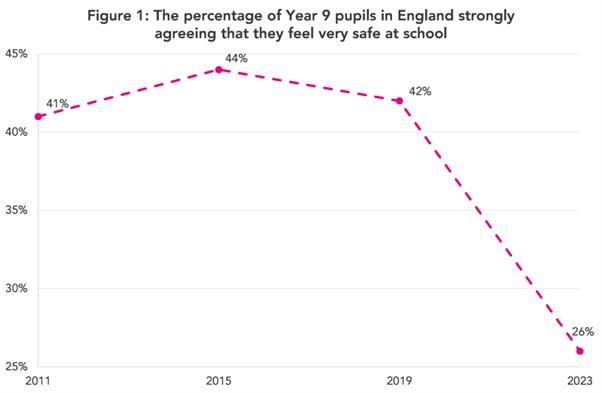
Streamlining campus incident response through Sky-Walker
Managing all these risks can be challenging. Having a control room powered by Sky-Walker, which visualizes everything in real time, allows you to see all alarms instantly and know exactly which part of the campus has an issue. This makes response times faster, more reliable, and requires fewer people. In the past, a student had to find a staff member who would then report the problem to security. With Sky-Walker, that middle step is eliminated, enabling quicker and more efficient responses across the entire campus.







 Download Product Ebook
Download Product Ebook View all our solutions
View all our solutions Sky-Walker Architecture
Sky-Walker Architecture View all our integrations
View all our integrations Book Protocol workshop
Book Protocol workshop Our Company
Our Company Contact Us
Contact Us View All Our Case Studies
View All Our Case Studies Become a PSIM Partner
Become a PSIM Partner Join the exclusive launch list!
Join the exclusive launch list! English
English Français
Français Nederlands
Nederlands